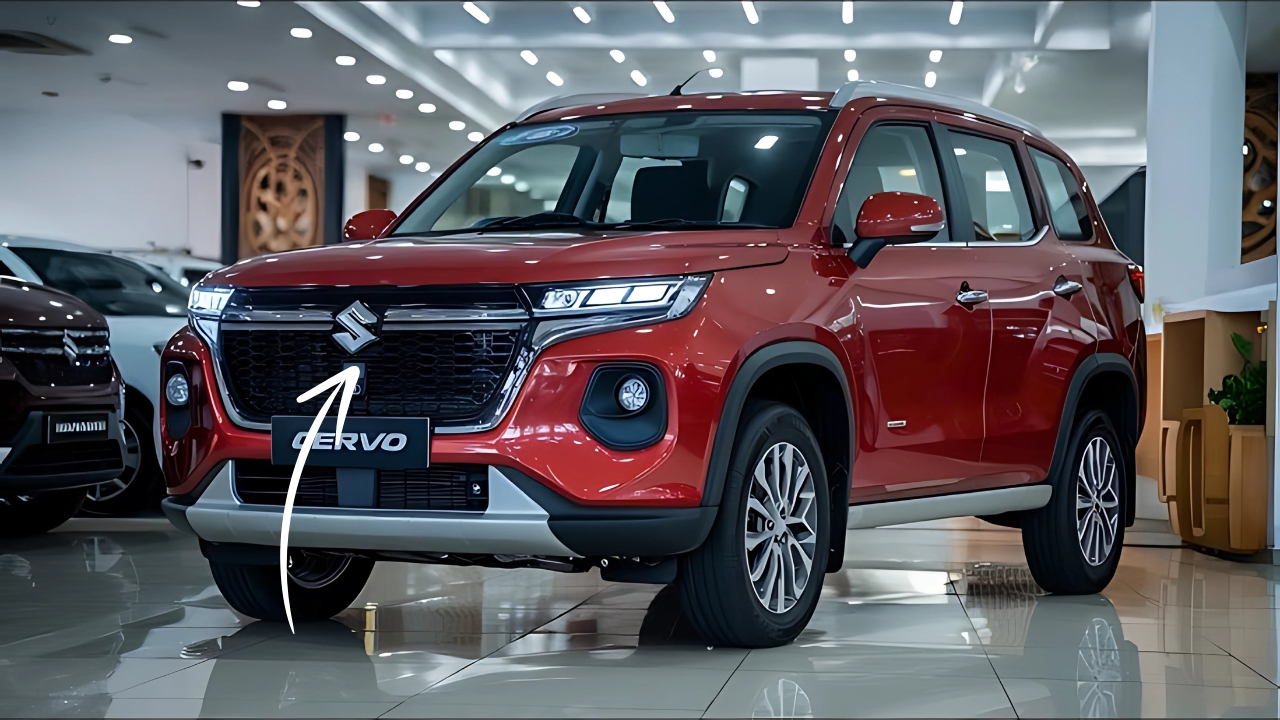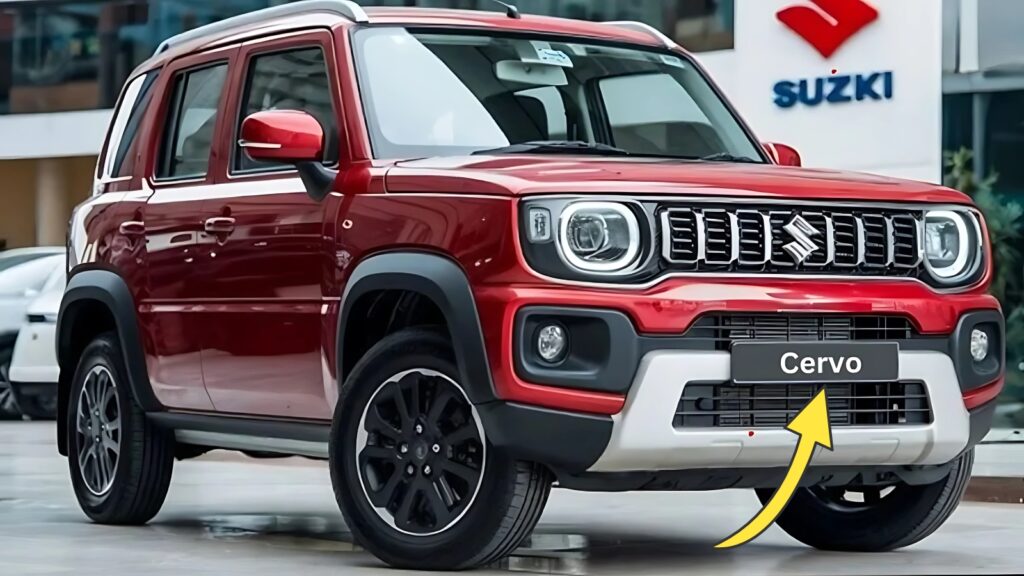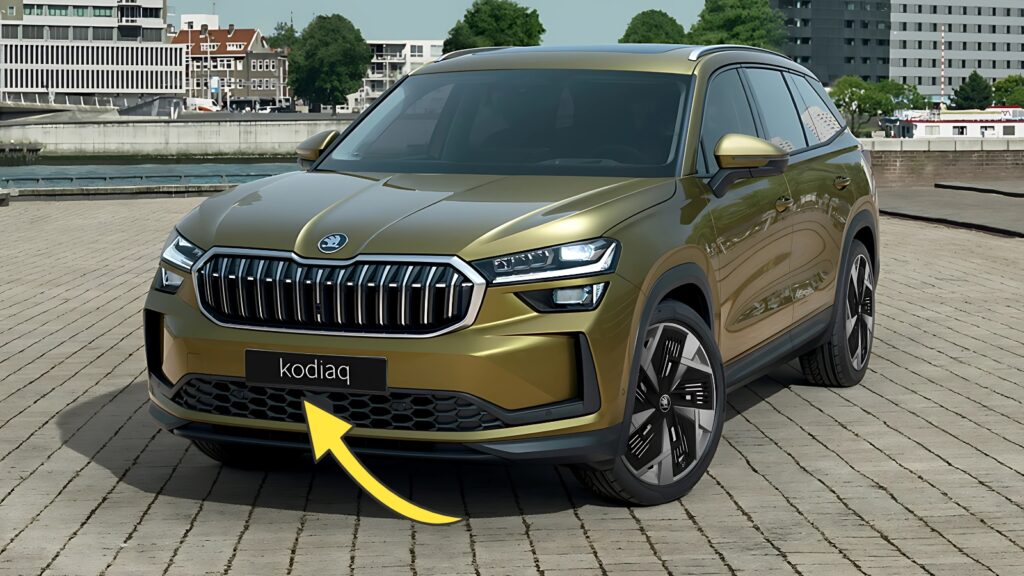2025 Yamaha RX 100 : The Indian motorcycle enthusiast community has been eagerly anticipating the potential return of the legendary Yamaha RX 100, a bike that defined an entire generation of riders.
While Yamaha has not officially confirmed the 2025 launch, widespread speculation and industry rumors suggest the iconic 100cc motorcycle could make a comeback in a modern avatar.
The original RX 100, manufactured from 1985 to 1996, remains one of India’s most cherished motorcycles, combining lightweight design with thrilling two-stroke performance that captivated young riders.
Industry insiders and motorcycle enthusiasts continue to fuel speculation about a potential revival that would blend nostalgic design elements with contemporary technology and emissions compliance.
The Legendary Legacy of Yamaha RX 100
The original Yamaha RX 100 achieved cult status in India through its unique combination of lightweight construction, powerful performance, and distinctive exhaust note that became instantly recognizable.
Launched in 1985 through technical collaboration with the Escorts Group, the RX 100 featured a 98cc air-cooled single-cylinder two-stroke engine producing 11 horsepower and 10.4 Nm of torque.
The motorcycle’s reed valve system reduced gas wastage and improved combustion efficiency, delivering performance that often surprised riders accustomed to conventional commuter motorcycles of that era.
Weighing just 103 kilograms, the RX 100’s nimble handling characteristics made it exceptionally maneuverable in crowded urban environments while remaining stable at highway speeds.
The bike’s minimalist design philosophy emphasized functionality over frills, featuring a sleek fuel tank, chrome accents, round headlamp, and classic spoke wheels that defined its timeless aesthetic.
Young riders gravitated toward the RX 100’s raw performance delivery, crisp throttle response, and mechanical simplicity that made maintenance and modifications relatively straightforward.
The distinctive exhaust sound became synonymous with performance motorcycling in India, creating an emotional connection that persists decades after production ceased.
Racing enthusiasts appreciated the RX 100’s potential for performance modifications, with many examples receiving engine tuning, exhaust upgrades, and suspension enhancements.
Anticipated 2025 Design Philosophy and Modern Updates
Speculation suggests the rumored 2025 RX 100 would retain core design elements that made the original iconic while incorporating contemporary styling cues and manufacturing techniques.
The anticipated modern iteration would likely feature the classic round headlamp, curved fuel tank design, and minimalist bodywork that defined the original’s visual appeal.(2025 Yamaha RX 100)
Chrome finishing on exhaust systems, handlebars, and other accent pieces would reportedly receive improved corrosion resistance through advanced plating techniques and UV-resistant coatings.
Frame construction would potentially utilize high-strength steel alloys providing enhanced rigidity while maintaining the lightweight characteristics essential to the RX 100 experience.
Paint quality improvements would include UV-resistant formulations preventing fading and degradation under prolonged sunlight exposure common in Indian riding conditions.
Ergonomic refinements might address rider comfort while preserving the compact dimensions and riding position that contributed to the original’s popularity among diverse rider demographics.
Spoke wheel designs would likely receive modern manufacturing processes ensuring improved durability while maintaining the classic aesthetic that enthusiasts expect from an RX 100.
Dual-tone color schemes and racing stripes would potentially offer personalization options appealing to contemporary buyers seeking individual expression through their motorcycle choices.
Rumored Engine Specifications and Performance Characteristics
Industry speculation centers around a modernized 100cc four-stroke engine designed to comply with current emission regulations while delivering engaging performance characteristics.
The anticipated powerplant would potentially produce 8-10 horsepower, providing excellent acceleration and top-end performance suitable for both urban commuting and spirited weekend riding.
Advanced fuel injection systems would likely replace carbureted fuel delivery, improving fuel efficiency, throttle response, and cold-start reliability compared to the original two-stroke design.
Yamaha’s rumored integration of performance-oriented engine management would optimize power delivery across the rev range while maintaining the responsive character that defined the RX 100 experience.
Cooling system enhancements would potentially include improved fin designs and airflow optimization ensuring consistent performance under varied operating conditions and ambient temperatures.
Engine mounting systems would likely incorporate vibration dampening technologies reducing harshness transmission to the rider while maintaining the mechanical feedback enthusiasts appreciate.
Exhaust system design would face the challenging task of creating an appealing sound signature while meeting strict noise and emission regulations governing modern motorcycles.
Transmission characteristics would potentially include optimized gear ratios maximizing acceleration and top speed while ensuring smooth shifting action suitable for daily commuting requirements.
Advanced Technology Integration and Modern Features
Speculation suggests the anticipated RX 100 would incorporate modern safety technologies including front and rear disc brake systems replacing the original’s drum brake configuration.
Anti-lock Braking System (ABS) integration would potentially provide enhanced stopping performance and stability during emergency braking situations across various road surface conditions.
Digital instrument cluster designs would likely replace analog gauges while potentially retaining classic tachometer styling elements that evoke nostalgia for the original RX 100.
LED lighting technology would probably feature throughout the motorcycle, including headlamp, tail lamp, and turn signal applications providing improved visibility and energy efficiency.
Electronic fuel injection systems would ensure optimal fuel delivery while providing diagnostic capabilities that simplify maintenance and troubleshooting procedures for service technicians.
Suspension system upgrades would potentially include telescopic front forks and twin rear shock absorbers tuned specifically for Indian road conditions and rider preferences.
Modern electrical systems would likely incorporate improved wiring harnesses, charging systems, and component reliability addressing common maintenance issues from the original design.
Starter motor integration would probably supplement or replace kick-start mechanisms, improving convenience while potentially retaining kick-start capability for traditionalist preferences.
Anticipated Market Positioning and Pricing Strategy
Industry estimates suggest the rumored RX 100 revival would command premium pricing reflecting modern manufacturing costs, technology integration, and performance-oriented positioning.
Speculation indicates potential pricing between ₹1.25 lakh to ₹1.50 lakh, positioning the motorcycle above basic commuter bikes while remaining accessible to enthusiast buyers.
The anticipated pricing strategy would likely target riders seeking nostalgia-driven purchases, performance enthusiasts, and collectors appreciating the RX 100’s historical significance in Indian motorcycling.
Premium positioning would potentially justify advanced features, superior build quality, and performance characteristics distinguishing the new RX 100 from conventional 100cc commuter motorcycles.
Market analysis suggests strong demand from existing RX 100 owners seeking modern replacements and younger riders attracted to retro-styled motorcycles with contemporary reliability.
Competitive positioning would likely emphasize heritage, performance, and exclusivity rather than value-oriented pricing strategies common in the standard commuter motorcycle segment.
Limited production runs might create exclusivity appeal while allowing Yamaha to gauge market response before committing to large-scale manufacturing investments.
Export potential to international markets appreciating retro-styled motorcycles could influence pricing strategies and feature specifications for global appeal.
Anticipated Riding Experience and Performance Dynamics
Speculation suggests the rumored modern RX 100 would prioritize lightweight construction ensuring nimble handling characteristics that defined the original’s appeal to urban riders.
Performance tuning would likely emphasize throttle response, acceleration, and overall engagement rather than maximum power output, maintaining the original’s character within modern constraints.
Suspension tuning would potentially balance comfort for daily commuting with responsive handling characteristics suitable for spirited riding on winding roads.
Braking performance improvements would address safety requirements while maintaining the progressive feel and feedback that experienced riders expect from performance-oriented motorcycles.
Fuel efficiency targets would likely exceed original specifications while providing sufficient performance to satisfy enthusiast expectations and justify premium pricing.
Vibration control would potentially improve rider comfort during extended journeys while preserving enough mechanical feedback to maintain the visceral connection riders appreciated.
Noise characteristics would face regulatory compliance requirements while attempting to create an appealing exhaust note reminiscent of the original’s distinctive sound signature.
Overall riding dynamics would likely emphasize simplicity, engagement, and pure motorcycling pleasure over complex electronic aids or advanced rider assistance systems.
Market Impact and Cultural Significance
The potential RX 100 revival would likely generate significant emotional response from Indian motorcycle enthusiasts who remember the original’s impact on riding culture.
Restoration and modification communities surrounding existing RX 100 motorcycles would potentially benefit from parts availability and renewed interest in the platform.
Young riders attracted to retro-styled motorcycles might discover appreciation for simple, engaging motorcycles that prioritize rider involvement over technological complexity.
Social media enthusiasm and word-of-mouth marketing would likely amplify interest regardless of official marketing efforts, reflecting the RX 100’s enduring cultural significance.
Motorcycle shows, enthusiast gatherings, and racing events would potentially feature prominently in marketing strategies leveraging the RX 100’s heritage and community connections.
2025 Yamaha RX 100 Conclusion: Anticipation Meets Reality
While official confirmation remains absent, the persistent speculation surrounding a 2025 Yamaha RX 100 revival reflects the enduring appeal of this legendary motorcycle.
The challenge of modernizing an icon while preserving its essential character would require careful balance between nostalgia and contemporary requirements.
Whether the anticipated revival materializes or remains speculation, the RX 100’s influence on Indian motorcycling culture continues inspiring new generations of riders.
The potential return would need to satisfy both emotional expectations and practical requirements of modern riders seeking authentic motorcycling experiences.
Until official confirmation arrives, enthusiasts can only dream of once again hearing the distinctive sound of a new RX 100 echoing through Indian streets.














